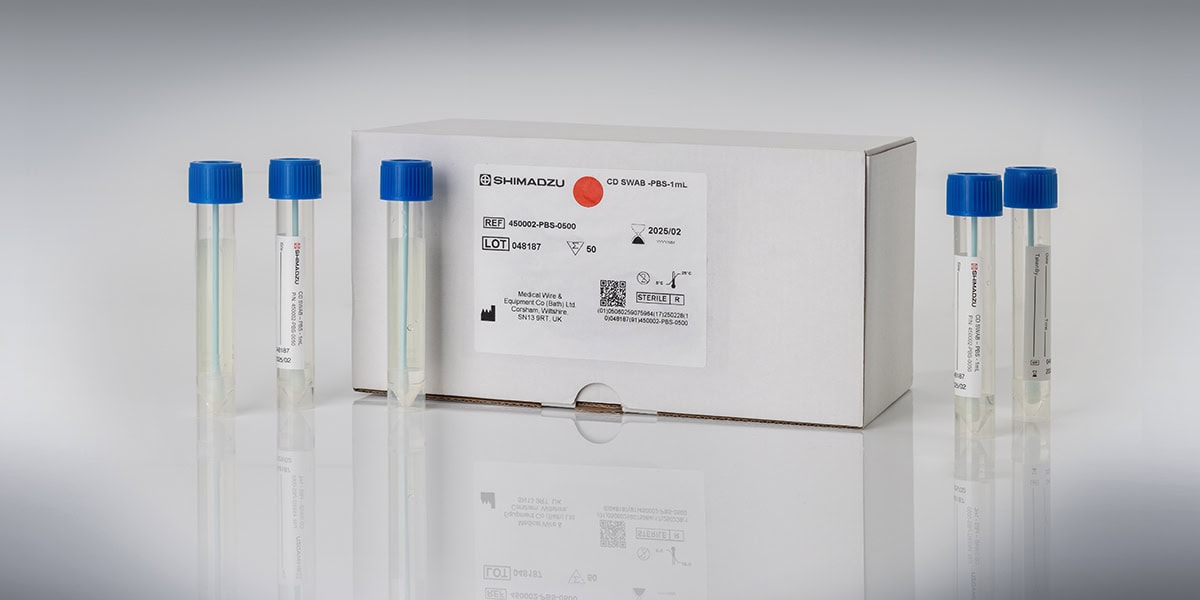
Recent news in Food & Feed Analysis
- Home
- /
- S. diastaticus – an...
S. diastaticus – an ongoing brewers’ threat and the search for a needle in a haystack

Off-flavors, turbidity and even exploding bottles: During the last years, the yeast S. diastaticus has caused trouble to several craft brewers. Detecting a contamination before it spoils your beer isn’t easy.
Saccharomyces cerevisiae var. diastaticus (or S. diastaticus for short) is a variety of the common top-fermenting brewer’s yeast Saccharomyces cerevisiae. This yeast variety possesses STA genes which may produce and express extracellular glucoamylase. The exogenous glucoamylase may cause a second fermentation even in the packed bottle, can or keg and this over-attenuation may cause damage of the vessel. A recall will be the costly consequence.
So far, these cases has been limited mainly to craft brewers in the USA, but meanwhile also European brewers suffer from this troublesome experience – and this issue appears probably worldwide. Recently, a recall of a hazy IPA in Sweden made headlines in the European press, warning about “exploding bottles” (even though in this case it was not published whether S. diasticus was the cause). So far, S. diastaticus was found in several commercial yeasts by several companies, mainly in yeasts for Belgian Saison style beers. Some breweries use it intentionally to brew special funky beer with higher attenuation – and therefore higher carbon dioxide pressure. However, it seems that breweries which not actively brew such funky beer styles, but traditional Lager or Ale style beers, may be affected, too.
Methods for identification of S. diastaticus
The identification of S. diastaticus may be performed by a Durham test principle which detects carbon dioxide production, by starch-containing agar plates, or by agar plates containing copper sulphate (LCSM plates). However, meanwhile it is mainly performed by rapid qPCR analysis of the precursor STA1 gene (whereas a positive result does not guarantee per se that extracellular glucoamylase will be formed and will cause over-attenuation). Several commercial kits and systems are available for this DNA detection and should be quite similar in performance (sensitivity) when using colonies from a plate or diluted yeast samples.
False negative results pose a problem
A crucial problem for the brewery is however the analysis of spoilage yeasts and bacteria in yeast slurry from storage tanks. The yeast slurry may be reused a few times after fermentation and a contamination with only a small amount of S. diastaticus cells in the cultured yeast might cause severe damage. While propagating yeast cells are viable and vital during growth, the situation is different in yeast storage tanks with high concentration of yeast cells – between 109 and 1010 cells/ml and more. By way of illustration, just one milliliter sample from a yeast tank contains more yeast cells than there are people on Earth. These matured cells create a background level which may result in undetected S. diastaticus or other spoilage cells.
To avoid such false negative results, GEN-IAL GmbH developed an optimized sample preparation kit for DNA preparation of highly yeast-containing cells (Art. No. Q005) and tested it in cooperation with a Belgian brewery. It could be shown that this DNA preparation system with an additional enzymatic incubation step reduces the background of cell debris and improves the signal quality – whereas dilution of the sample alone will reduce the inhibition but also the sensitivity. Using this system, clear detection of S. diastaticus could be demonstrated even in samples where no signal has been achieved before.


